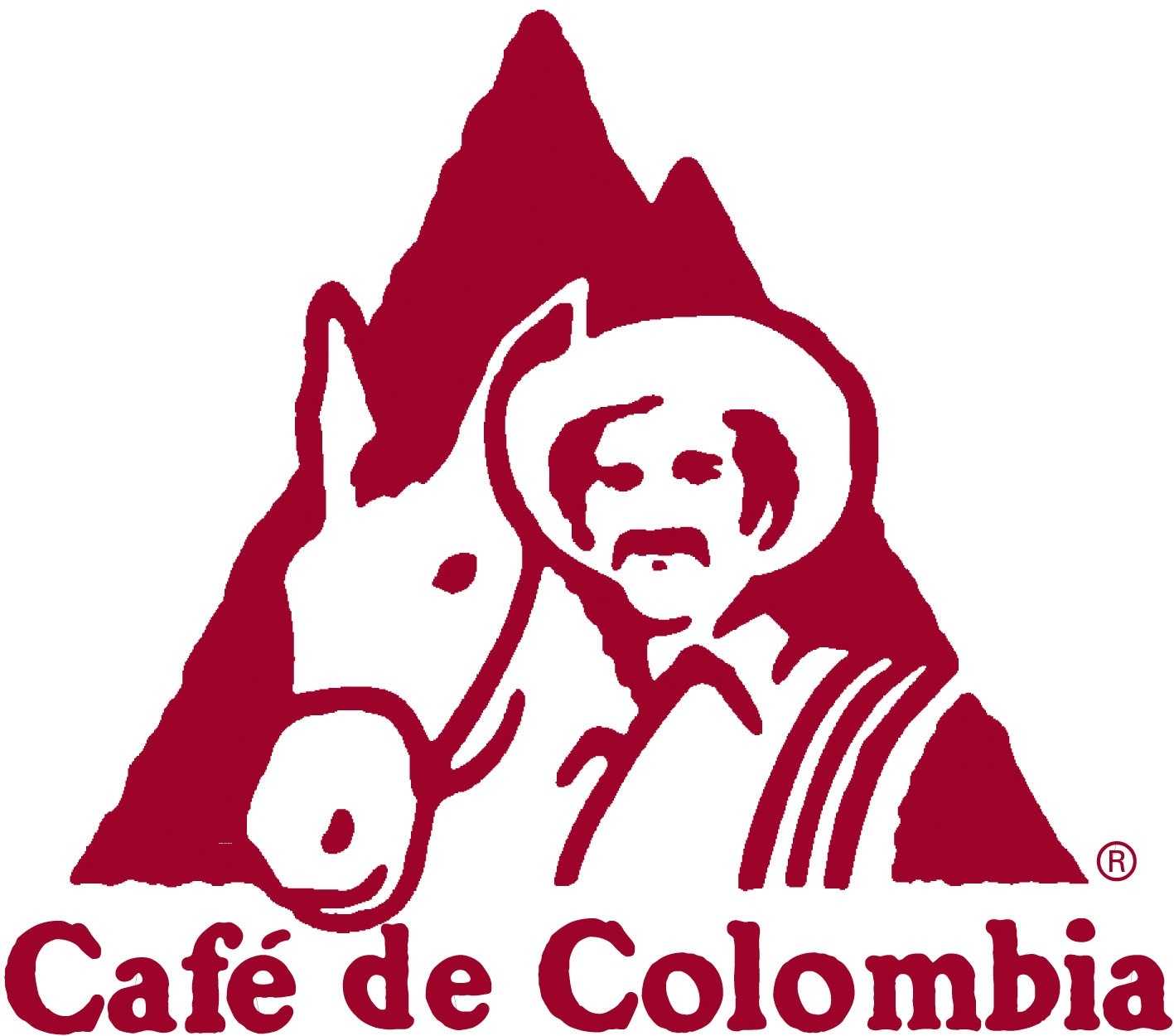BOGOTA, Colombia – Colombian coffee growers are increasingly recognizing the Integrated Pest Management (IPM) of coffee berry borer as the most effective strategy to prevent the spread of the insect.
This was evident during the latest Technical Subcommittee, where nineteen representatives from Colombia’s different coffee producing departments met to discuss potential measures to minimize the impact of berry borer infestation on coffee quality and producer income.
The developments of the Colombian Coffee Growers Federation’s (FNC) National Coffee Research Center (Cenicafé) regarding coffee berry borer provided important contributions to the two-day meeting.
Of similar importance was the insistence on the importance of adopting control measures such as the commonly knownrepase“re-re” (colleting the dry, ripe and overripe beans from the trees and from the ground)and the use of natural enemies of the insect.
“This task is the responsibility of coffee growers. It’s a problem that concerns all of us. We must devote our daily efforts to control the insect, which is manageable if we carry out the repase, use fungi and renovate our plantations,” noted Jaime E. Vargas, coffee grower from the department of Antioquia who participated in the Subcommittee.
According to Ricardo Gutiérrez, coffee grower from the department of Quindío, “coffee growers must be disciplined in order to face the spread of coffee berry borer.
We must follow the recommendations of the FNC’s extensionists more closely and adopt the necessary measures at the right time. This is the only way to control the problem. We must work on this individually, receive their advice and implement it on a timely basis.”
Nature of the Problem
Hernando Duque, Technical Manager of the FNC, explained that several factors place coffee berry borer in the ‘difficult control pest’ category.
“Its important to understand that, technically, coffee berry borer is a cryptic pest, i.e., is hidden inside the coffee bean. Only a fraction of it flies, roughly 20%. When we talk about the total presence of berry borer in a coffee plantation, we refer to the eggs, larvae, pupae, and adults. 80% of the insect’s total biological states are encrypted in the fruits and are invisible to the naked eye,” Mr. Duque noted.
The inherent complexities derived from berry borer’s ability to hide within the bean only add to the fact that the plague is now at an evolved state and has elaborate protection mechanisms. Given the nature of the problem, the suggested strategy of Cenicafé and the FNC is the Integrated Pest Management (IPM) of coffee berry borer.
The IPM is set of practices that contribute to the pest’s integral management and control. Acknowledging the difficulty of attacking the insect by implementing isolated practices, IPM advocates for a comprehensive strategy that includes different combinations of cultural control, chemical control, biologicalcontrol, post-harvest control, infestation level evaluation and flowering record keeping.
El Niño Increases the Incidence of Coffee Berry Borer
Coffee berry borer infestations rose above normal levels during the early months of 2016, having a particular negative impact on the main harvest of the departments of Caldas, Risaralda, Quindío and Tolima.
This increase, which in some cases exceeded a 10% infestation (note that producer income starts to suffer when infestation exceeds 2%), was the result of El Niño phenomenon.
Rising temperatures favor the reproduction of coffee berry borer and, when rains arrive, the insect flies and affects new fruits.
According to Cenicafé’s field observations, if no integral control measures are adopted, up to 4,5 million berry borers can fly per hectare during a hot dry period as El Niño.
This figure drops to between 2,5 and 3,5 million berry borers per hectare during a neutral period and to 1,7 million per hectare during La Niña phenomenon


















